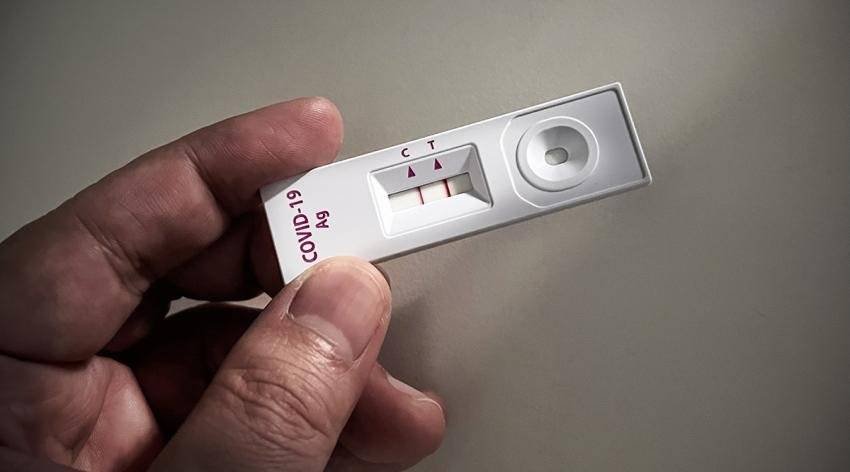Introduction
The development and deployment of COVID-19 vaccines have been pivotal in the global fight against the SARS-CoV-2 virus.

Among the most successful vaccines are Pfizer’s Comirnaty and Moderna’s Spikevax, both of which have demonstrated nearly 95% efficacy in preventing severe illness and death. However, as with all medical interventions, ongoing research and real-world data continue to shape our understanding of these vaccines’ safety profiles.
Recently, updated safety labels have been issued for both Pfizer and Moderna COVID-19 vaccines, highlighting some rare but significant side effects. This article explores the updated safety labels, the implications for public health, and the overall impact on vaccine acceptance.
Efficacy and Widespread Use of Pfizer and Moderna Vaccines
Since their approval, Pfizer’s Comirnaty and Moderna’s Spikevax have been at the forefront of global vaccination efforts. In countries like the United States and across the European Union (EU), these mRNA vaccines have been administered in millions of doses. As of July 4, 2024, approximately 276 million doses of Comirnaty and 35 million doses of Spikevax had been administered within the EU alone.
These vaccines have not only been crucial in reducing the severity of COVID-19 but also in decreasing transmission rates and easing the burden on healthcare systems. According to data tracked by GlobalData’s Pharma Intelligence Centre, both vaccines have outpaced other COVID-19 vaccines in terms of contract volume and administration. This widespread use is a testament to their effectiveness and the trust placed in them by governments and the public alike.
Emerging Concerns: Myocarditis and Pericarditis
Despite their success, recent reports from EudraVigilance, the EU’s database for monitoring suspected side effects, have raised concerns about the potential risks associated with Comirnaty and Spikevax. Specifically, these reports indicate an increased risk of myocarditis (inflammation of the heart muscle) and pericarditis (inflammation of the membrane surrounding the heart) following vaccination.
The Pharmacovigilance Risk Assessment Committee (PRAC) conducted a thorough safety assessment and confirmed these findings. According to PRAC, most cases of myocarditis and pericarditis occurred within 14 days of vaccination, more frequently after the second dose, and predominantly in younger adult men. As a result, the product information for both vaccines has been updated to include these potential side effects, ensuring that healthcare providers and the public are aware of these risks.
Other Reported Side Effects
In addition to myocarditis and pericarditis, other side effects have been associated with Pfizer’s and Moderna’s COVID-19 vaccines. For Comirnaty, reported side effects include asthenia (physical weakness), lethargy, and nocturnal hyperhidrosis (night sweats). Spikevax has been linked to anaphylaxis, delayed injection site reactions, and immune thrombocytopenia (a condition where the immune system attacks and destroys platelets, which are necessary for normal blood clotting).
Both vaccines, as mRNA-based therapies, also carry the risk of inducing immediate allergic reactions, typically within four hours of exposure. These reactions can manifest as hives, swelling, or wheezing. While these side effects are rare, they are nonetheless important considerations for individuals deciding whether to get vaccinated, particularly those with a history of allergic reactions.
Tragic Loss: Shawnee Mission Northwest Student Dies Following Medical Emergency
The Impact on Vaccine Acceptance
Vaccine acceptance has been a critical factor in the global effort to achieve herd immunity against COVID-19. However, concerns about side effects and vaccine efficacy have hindered acceptance in many regions. The recent safety label updates may further exacerbate these concerns, particularly among individuals who are already hesitant to receive the vaccine.
Studies have shown that the link between COVID-19 case numbers and hospitalizations has weakened due to the widespread administration of vaccines. As a result, there has been a recent increase in vaccine acceptance. However, the new safety information could potentially slow this progress, especially at a time when many people have received their first dose but have yet to complete the vaccination series.
It is crucial for public health authorities to address these concerns transparently and provide clear, evidence-based information to the public. Emphasizing the rarity of these side effects, compared to the risks associated with COVID-19 infection, will be key in maintaining public trust and encouraging vaccine uptake.
Table: Reported Side Effects of Pfizer and Moderna COVID-19 Vaccines
| Vaccine | Reported Side Effects |
|---|---|
| Pfizer (Comirnaty) | Myocarditis, pericarditis, asthenia, lethargy, nocturnal hyperhidrosis, allergic reactions |
| Moderna (Spikevax) | Myocarditis, pericarditis, anaphylaxis, delayed injection site reactions, immune thrombocytopenia, allergic reactions |
Global Perspective on Vaccine Safety
The updated safety labels for Pfizer and Moderna COVID-19 vaccines are not isolated cases. Across the globe, health authorities are continuously monitoring the safety of all COVID-19 vaccines to ensure that the benefits outweigh the risks. The World Health Organization (WHO) and other global health bodies emphasize the importance of vaccination as a critical tool in controlling the pandemic. Despite the emergence of these rare side effects, the overall consensus remains that the benefits of vaccination far outweigh the risks, particularly in the context of preventing severe illness, hospitalization, and death from COVID-19.
For individuals concerned about vaccine safety, it is important to consult healthcare providers who can offer personalized advice based on individual health profiles and risk factors. Vaccination remains the most effective way to protect oneself and the community from COVID-19.
Conclusion
The updated safety labels for Pfizer and Moderna COVID-19 vaccines highlight the dynamic nature of vaccine safety monitoring. While the emergence of new side effects may raise concerns, it is essential to view these findings within the broader context of the vaccines’ overall benefits. The continued success of global vaccination campaigns depends on transparent communication, ongoing research, and public trust.
As the world continues to navigate the challenges of the COVID-19 pandemic, the role of vaccines in saving lives and restoring normalcy cannot be overstated. For those seeking further information on the safety and efficacy of COVID-19 vaccines, reputable sources such as the World Health Organization provide up-to-date guidance and resources WHO COVID-19 Vaccines.
By staying informed and making evidence-based decisions, we can collectively overcome the pandemic and pave the way for a healthier, safer future.




